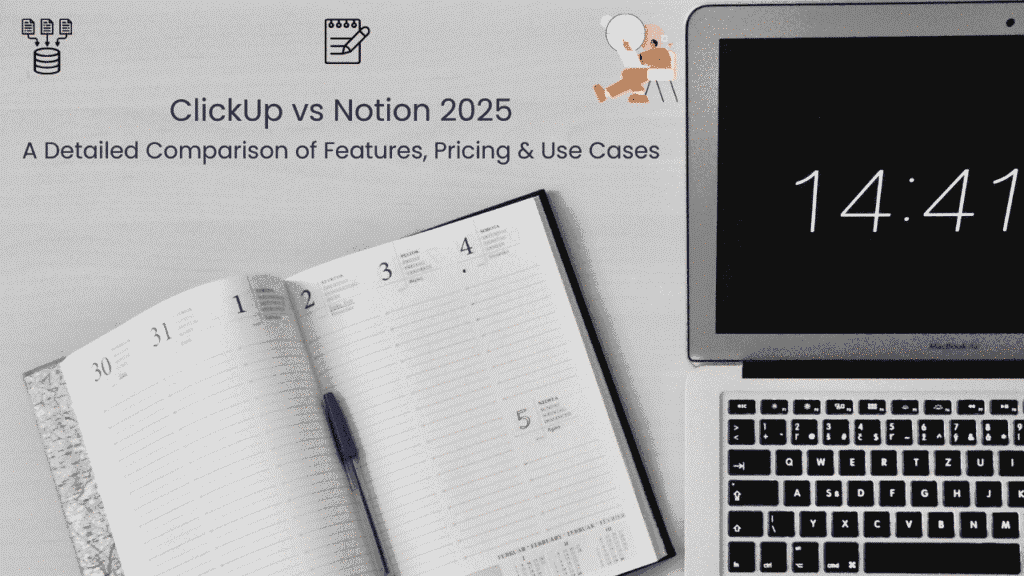Blogging remains one of the most powerful ways to share your voice, build an audience, and generate income online. Whether you dream of becoming a full-time content creator, want to earn passive revenue, or promote a business—starting a blog is the first step.
The best part? You don’t need technical skills or a big budget to begin. This step-by-step guide will show you exactly how to start a blog and make money in 2025—from choosing your niche to launching your site and scaling your earnings.
Step 1: Choose a Profitable Blog Niche
Your niche is your blog’s topic or focus. Picking the right one is crucial for attracting a dedicated audience and monetizing effectively.
What Makes a Niche Profitable?
- Passion + Demand: You enjoy the topic, and people are searching for it.
- Monetization Potential: Opportunities for affiliate marketing, ads, or selling products.
- Audience Engagement: Readers are eager to consume content and take action.
Top Blog Niche Ideas for 2025:
- Personal Finance & Investing
- Health, Wellness, and Mindfulness
- Sustainable Living and Eco-Friendly Products
- Technology and AI Tools
- Parenting and Family Activities
- Home Organization and DIY
Pro Tip: Avoid overly broad niches (like “lifestyle”). Instead, get specific (e.g., “vegan recipes for students” or “budget travel in Europe”).
Step 2: Select Your Blogging Platform
For full control, SEO benefits, and monetization flexibility, WordPress.org is the industry choice.
Why WordPress?
- Free and open-source
- Thousands of themes and plugins
- Complete ownership of your content
- Optimized for search engines
Alternatives like Wix or Squarespace are easier initially but limit scalability and monetization options.
Step 3: Pick a Domain Name
Your domain is your digital address. Choose one that’s:
- Short and memorable
- Easy to spell and pronounce
- Preferably a .com
- Reflects your niche or brand
You can register a domain through your hosting provider (often free for the first year) or using registrars like Namecheap.
Step 4: Set Up Reliable Web Hosting
Web hosting is where your blog lives online. For beginners, a affordable, WordPress-optimized shared hosting plan is perfect.
We recommend:
- Bluehost: Official WordPress recommendation, includes free domain.
- SiteGround: Known for speed and excellent support.
For a detailed comparison of hosting providers, see our guide: How to Choose the Best Web Hosting for Your Blog.
Step 5: Install and Customize WordPress
Most hosting providers offer one-click WordPress installation.
Once installed:
- Select a theme: Choose a fast, mobile-friendly theme like Astra, Kadence, or GeneratePress.
- Install essential plugins:
- Yoast SEO or Rank Math (for SEO)
- Wordfence (security)
- WP Super Cache (speed)
- Akismet (anti-spam)
Step 6: Create Key Pages
Every blog should launch with these pages:
- Homepage: Introduce yourself and your content.
- About Page: Share your story and mission.
- Contact Page: Let readers or brands reach you.
- Privacy Policy and Disclaimer: Required for compliance and monetization.
Step 7: Write and Optimize Your Content
Consistent, valuable content is how you attract readers and search traffic.
Blog Post Ideas to Start With:
- “Beginner’s Guide to…”
- “X Best [Products] for [Your Niche]”
- “How I Made $X Doing Y”
Optimize every post for SEO:
- Use your keyphrase in the title, URL, and first paragraph.
- Write meta descriptions that encourage clicks.
- Use headings (H2, H3), bullet points, and images.
Learn more: On-Page SEO Checklist to Rank Higher in 2025
Step 8: How to Make Money Blogging
There are many ways to monetize your blog. Combine several for the best results.
Effective Monetization Methods:
- Affiliate Marketing:
Promote products you love and earn a commission on sales.
Networks: Amazon Associates, ShareASale, CJ Affiliate. - Display Advertising:
Place ads on your blog. Start with Google AdSense, then apply to higher-paying networks like Mediavine or AdThrive as your traffic grows. - Sponsored Posts:
Brands pay you to write about their products or services. - Digital Products:
Create and sell eBooks, printables, courses, or templates. - Services:
Offer coaching, consulting, or freelance services related to your niche.
Step 9: Promote Your Blog
Publishing content isn’t enough—you need to promote it.
Free Promotion Strategies:
- Pinterest: Create eye-catching pins for each post.
- SEO: Target low-competition keywords to rank in Google.
- Email Marketing: Build a list from day one using MailerLite or ConvertKit.
- Engage Online: Join Facebook groups or Subreddits in your niche.
Step 10: Track Your Progress and Stay Consistent
Blogging success doesn’t happen overnight. It takes consistency, patience, and learning.
Tools to Use:
- Google Analytics and Google Search Console to track traffic.
- A simple content calendar to plan your posts.
Aim to publish 1-2 times per week initially, and focus on quality over quantity.
Frequently Asked Questions (FAQ)
❓ How much does it cost to start a blog?
You can start a self-hosted WordPress blog for as little as $3–$10 per month (hosting + domain).
❓ How long does it take to make money blogging?
Most bloggers start earning within 6–12 months—if they publish consistently and use effective monetization strategies.
❓ Can I start a blog for free?
While platforms like Blogger are free, you don’t own your content and monetization options are limited. Investing in self-hosted WordPress is worth it for serious bloggers.
❓ Do I need to be a technical expert to run a blog?
No! WordPress is beginner-friendly, and most hosting providers offer 24/7 support.
Conclusion
Starting a blog is an exciting journey that offers creative freedom and real income potential. By following this guide, you’re equipped to choose a niche, set up your blog, create content, and apply diverse monetization strategies.
Your next step? Take action today. Choose your niche, pick a hosting plan, and publish your first post. The best time to start was yesterday—the second-best time is now.

